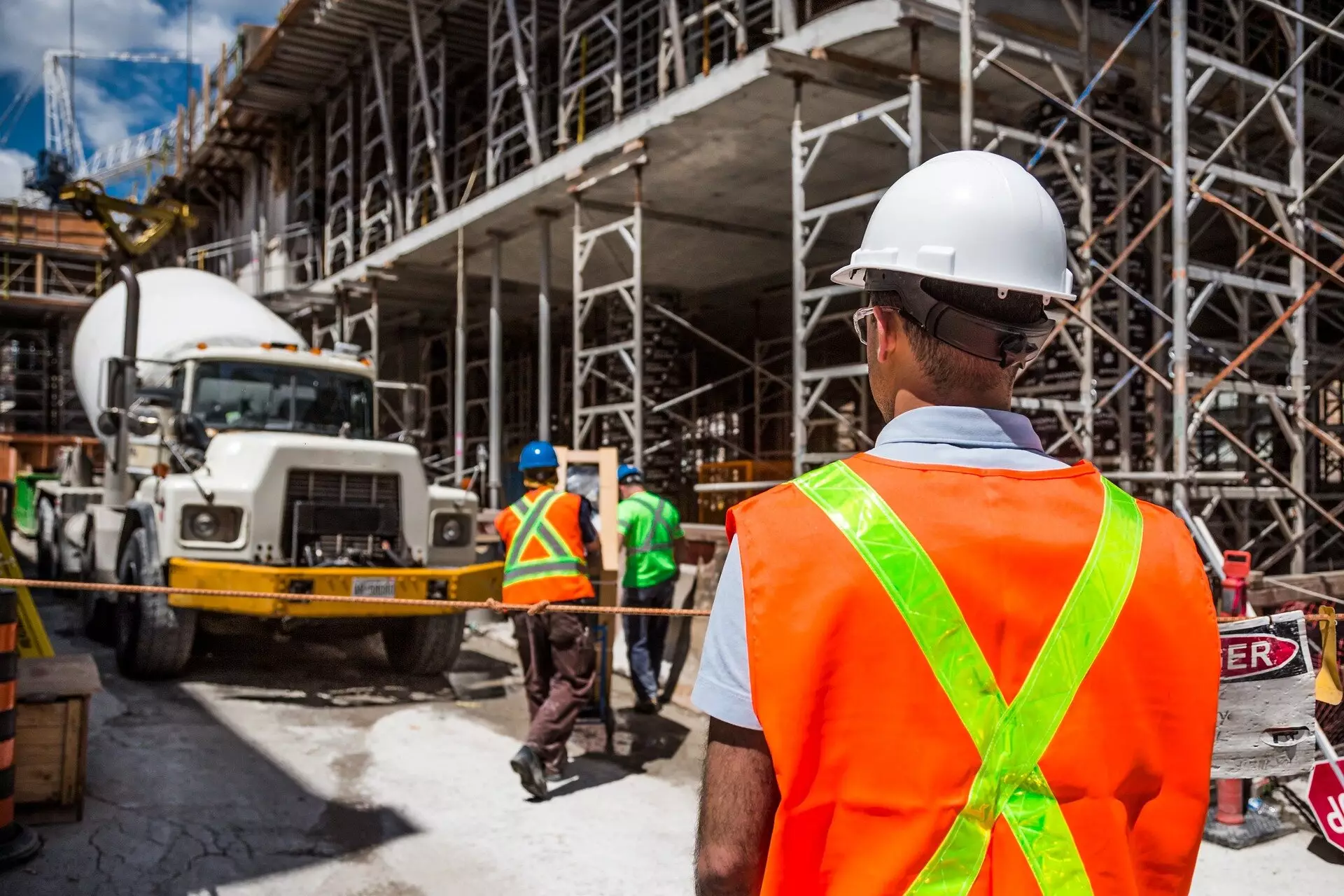The construction industry is one of the most significant contributors to greenhouse gas emissions, with the U.K. sector facing increasing scrutiny regarding its environmental impact. A transformative study spearheaded by the University of Dundee and the Mineral Products Association (MPA) sheds light on an innovative approach to mitigate this issue. By utilizing waste clay and ground brick in concrete manufacturing, substantial reductions in the carbon footprint can be achieved, while simultaneously promoting sustainable practices.
Innovative Use of Reclaimed Materials
This recent research reveals that U.K.-sourced reclaimed clays and finely ground brick powder can serve as efficient substitutes for traditional materials in cement production. Notably, these materials can replace calcined clays used in the creation of concrete, demonstrating a potential decrease in embodied carbon emissions by as much as 30%. Such a reduction could signify a pivotal shift in the construction industry, highlighting the viability of incorporating reclaimed waste materials into everyday practices.
Furthermore, the research indicates that employing these materials could effectively redirect approximately 1.4 million tons of waste from landfills. This not only alleviates the burden of waste disposal but also promotes circular economy principles within the construction sector—where materials are repurposed rather than discarded, creating a more sustainable lifecycle. The implications of such a transfer from potential waste to resource are profound, positioning the U.K. as a leader in sustainable construction practices.
Experts from the University of Dundee’s Concrete Technology Unit are recognized for their extensive research in construction materials, providing a solid foundation for this study. Their examination focused on assessing the long-term durability of calcined clay concretes, particularly in challenging environments, including coastal areas. This component is crucial, as structures built in these settings must withstand considerable environmental stressors.
Dr. Moray Newlands, a leading researcher in this project, emphasized the commitment to supporting the U.K. construction industry in reaching its sustainability goals, which coincide with the government’s legally binding net zero targets. By proving the reliability of calcined clays as supplementary cementitious materials, Dr. Newlands and his team are paving the way for increased adoption of low-carbon solutions in large-scale applications such as bridges and renewable infrastructure.
Addressing Material Supply and Sustainability
Clay is a naturally abundant resource in the U.K., providing a compelling alternative to other commonly used industrial by-products like ground granulated blast-furnace slag and fly ash. As these traditional materials witness a decline in production pathways due to the decarbonization of heavy industries such as power and steel, developing a reliable supply of low-carbon alternatives becomes increasingly vital.
Through this research, two distinct heating methods for preparing clay for cement production were tested: conventional rotary kilns and the innovative flash heating process. Remarkably, both methods produced premium quality calcined clays, demonstrating a level of versatility that enhances the viability of their incorporation into cement production.
This collaborative endeavor also garnered support from prominent industry stakeholders such as Heidelberg Materials UK, Tarmac, and Forterra, demonstrating a concerted effort across sectors to embrace sustainable practices.
Dr. Diana Casey, MPA’s Executive Director for energy and climate change, pointed out that integrating brick waste and reclaimed clays into the production process can catalyze a new market while simultaneously reducing carbon emissions and waste. This forward-thinking approach has the potential to not only preserve economic value in the U.K. but also ensure job security and attract future investments in green technologies.
The development of low-carbon cements and concretes is, indeed, a vital aspect of the MPA U.K. Concrete’s Roadmap to Beyond Net Zero, underscoring their commitment to achieving net-zero emissions. With successful decarbonization efforts that have already cut emissions by 53% since 1990, this roadmap confirms the determination of the construction sector to innovate and adapt in response to climate challenges.
The insights from the University of Dundee’s study present an optimistic perspective on the future of sustainable construction in the U.K. The utilization of waste materials in concrete production not only offers an eco-friendly alternative to conventional methods but also highlights the industry’s potential for economic and environmental rejuvenation. The transition towards a greener construction sector reflects not just an obligation to reduce carbon emissions but also an opportunity to redefine and reshape the industry for future generations.

